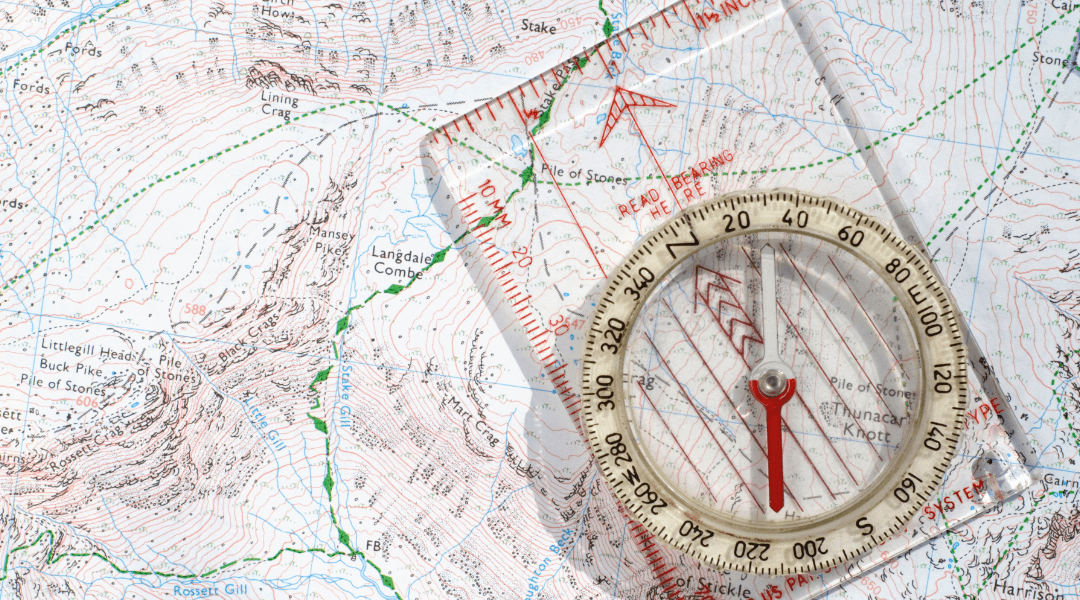Have you ever seen GPS coordinates and wondered what they are? Or how to read them? This guide will demonstrate everything you require to know about GPS coordinates, including what they are and how to interpret them. After reading this post, you’ll be able to navigate using GPS coordinates confidently!
Understanding The Lines Of Longitude & Latitude
Latitude line coordinates estimate how far a zone’s north and south poles of the equator are and are measured in degrees. Longitude coordinates are how far east or west of the prime meridian a site is and are measured in degrees (or sometimes in time). Together, latitude and longitude create GPS coordinates, pinpointing a person’s or object’s location. This is used for army pre-training, tracking, and more.
Longitude Lines & Their Distances
To understand how this all works, it’s essential first to know that the earth is round and that vertical lines of longitude are measured from the equator. Someone standing on the equator will be at 0 degrees latitude. The further the north pole or south pole you travel, the higher your latitude will be. The space between each line of longitude is 111 kilometers (or 69 miles), and they are numbered starting with zero at the equator.
Latitude Lines & Their Distances
The horizontal lines of latitude are measured starting at the equator and going up in increments of 90 degrees. The distance between each line is 111 kilometers (or 69 miles), so someone standing on the equator will be at 0 degrees, someone standing 30 degrees north or south will be at 30 degrees, etc.
Having know-how of reading latitude and longitude coordinates can pinpoint a person or object’s exact location and is commonly used for navigation, tracking, and other purposes.
Means Of Representing Latitude And Longitude
Latitude and longitude can be represented in a variety of ways. The most common representation is degrees, minutes, and seconds (DMS). This is the format that is used in GPS coordinates.
Degrees, Minutes, And Seconds (DMS)
This is the format used by GPS coordinates and specifies a location by degrees from the equator (0 to 180), minutes, and seconds. So, for example, someone standing at 30 degrees latitude and 90 degrees longitude would be written as 30°N 90°W.
Degrees And Decimal Minutes (DDM)
Another popular format is degrees and decimal minutes (DDM). This format specifies a location by degrees from the equator (0 to 180), followed by decimal points that indicate minutes and seconds. So, for example, someone standing at 30° 45’N 90° 00’W would be written as 30.75°N 90.00°
Decimal Degrees (DD)
This third popular format is decimal degrees (DD). This format specifies a location by degrees from the equator (0 to 180) and does not include minutes or seconds. So, for example, someone standing at 30.75°N 90.00°W would be written as 30.750°N 90.000°
How To Read Coordinates?
To make a pair of GPS coordinates, you first need to understand how to read latitude and longitude lines. Together, they create GPS coordinates.
To create a pair of coordinates, you first need to find the location you want to pinpoint on a globe or map. Once you have found it, draw a square around the area using the lines of latitude and longitude. Then, within the square, use a ruler to estimate the distance between two points on either the latitude or longitude line. Finally, convert that measurement into decimal degrees and plug it into the appropriate format (DMS, DDM, DD).
Steps To Plot Coordinates
To plot a pair of coordinates, you can follow these steps:
- Draw a square on a map or globe to represent the area you want to pinpoint. The square size will depend on how precise you need your coordinates to be. For example, suppose you need general location information (e.g., country, city). In that case, you probably will only need to draw a square larger than a few miles. If you need greater precision, you should plot the coordinates down to an exact street address or house number.
- Once you have drawn your square, use a ruler to measure distances between two points on either the latitude or longitude lines within the square.
- Convert your measurements into decimal degrees and plug them into the appropriate coordinate format (DMS, DDM, DD).
- Plot your coordinates on your map or globe by drawing in the lines of latitude and longitude at the measured distances or by marking your points directly.
- Repeat steps 2-4 as needed to get the most accurate coordinates for your location.
- Once your coordinates are plotted on a map or global positioning system, you can find information about that location, such as the city’s name, road names and numbers, addresses, and more. You may also use your geographic coordinates to calculate distance from other locations or get driving directions.
Some tools that can help you plot coordinates include online mapping and geocoding websites and apps, GPS devices, GPS satellites, and equipment designed specifically for this purpose. Some examples include Google Maps, MapQuest, Garmin GPS systems, etc.
Be Prepared With US Army Basic Training
If you’re gearing up for US Army Basic Training, one of the best things you can do to prepare is to understand how to read a map and plot coordinates. This will help you navigate unfamiliar terrain and terrain that has changed since it was last mapped, as well as communicate your location with other team members during more complex military missions.
Let’s grab the basic training handbook now!

